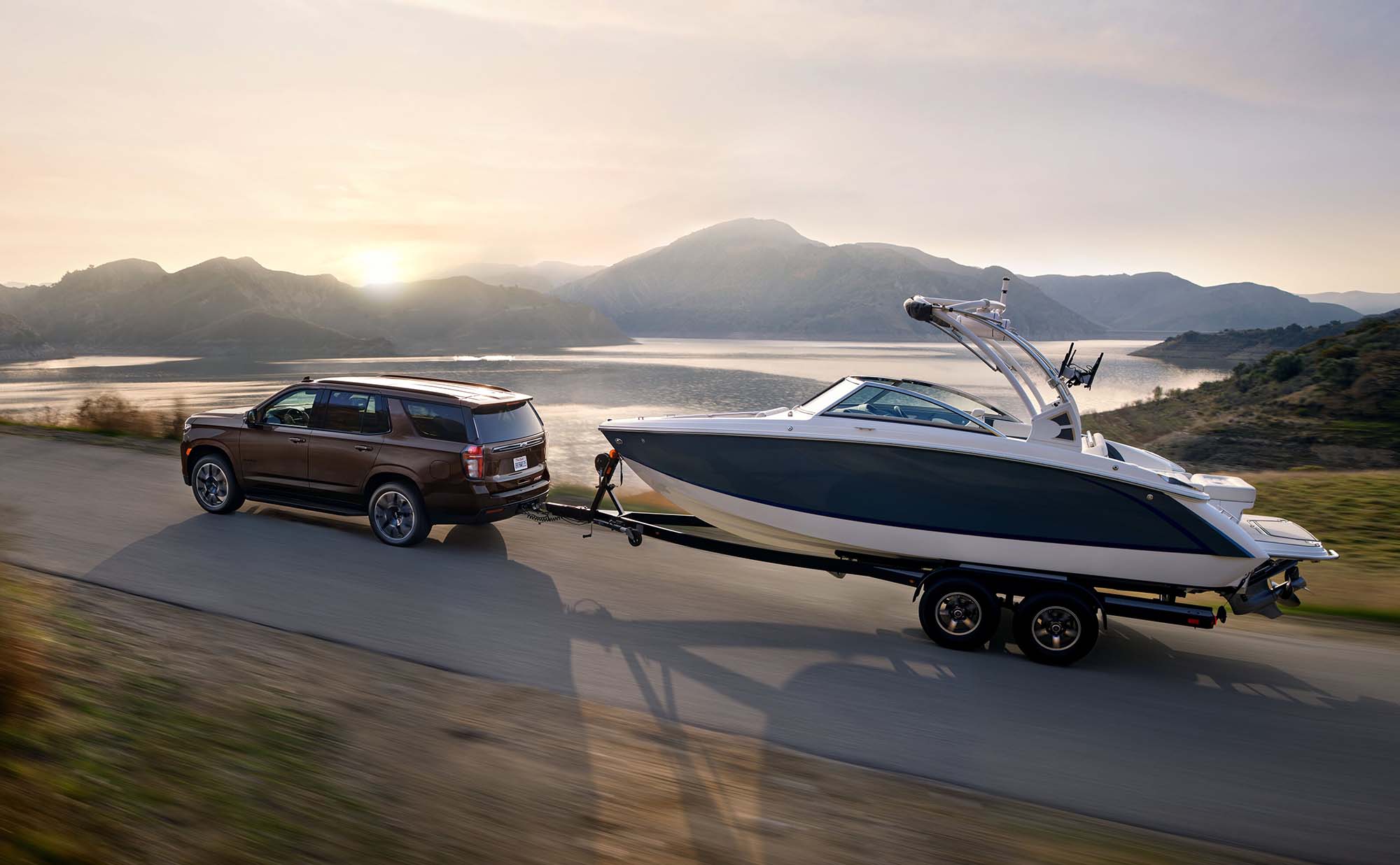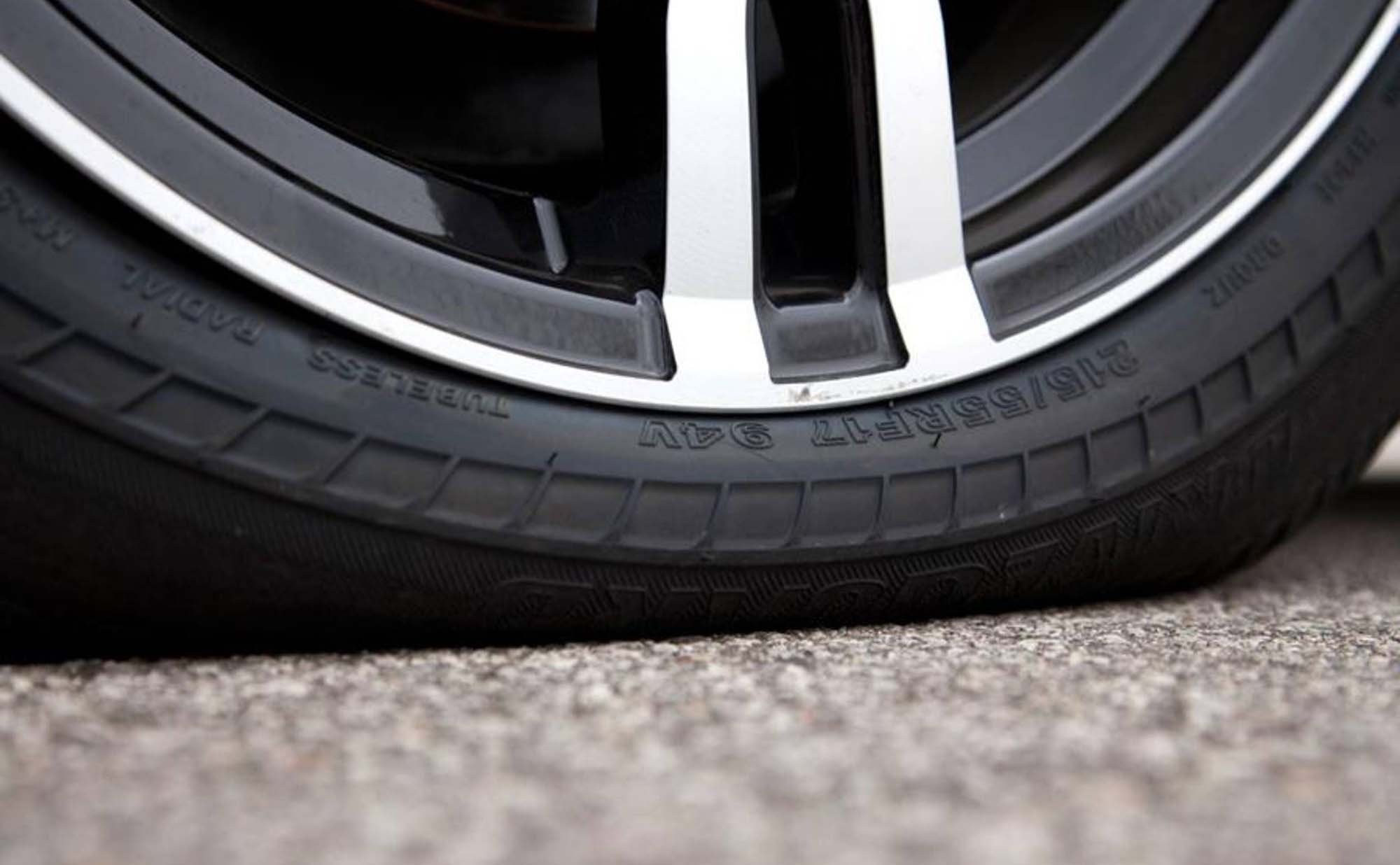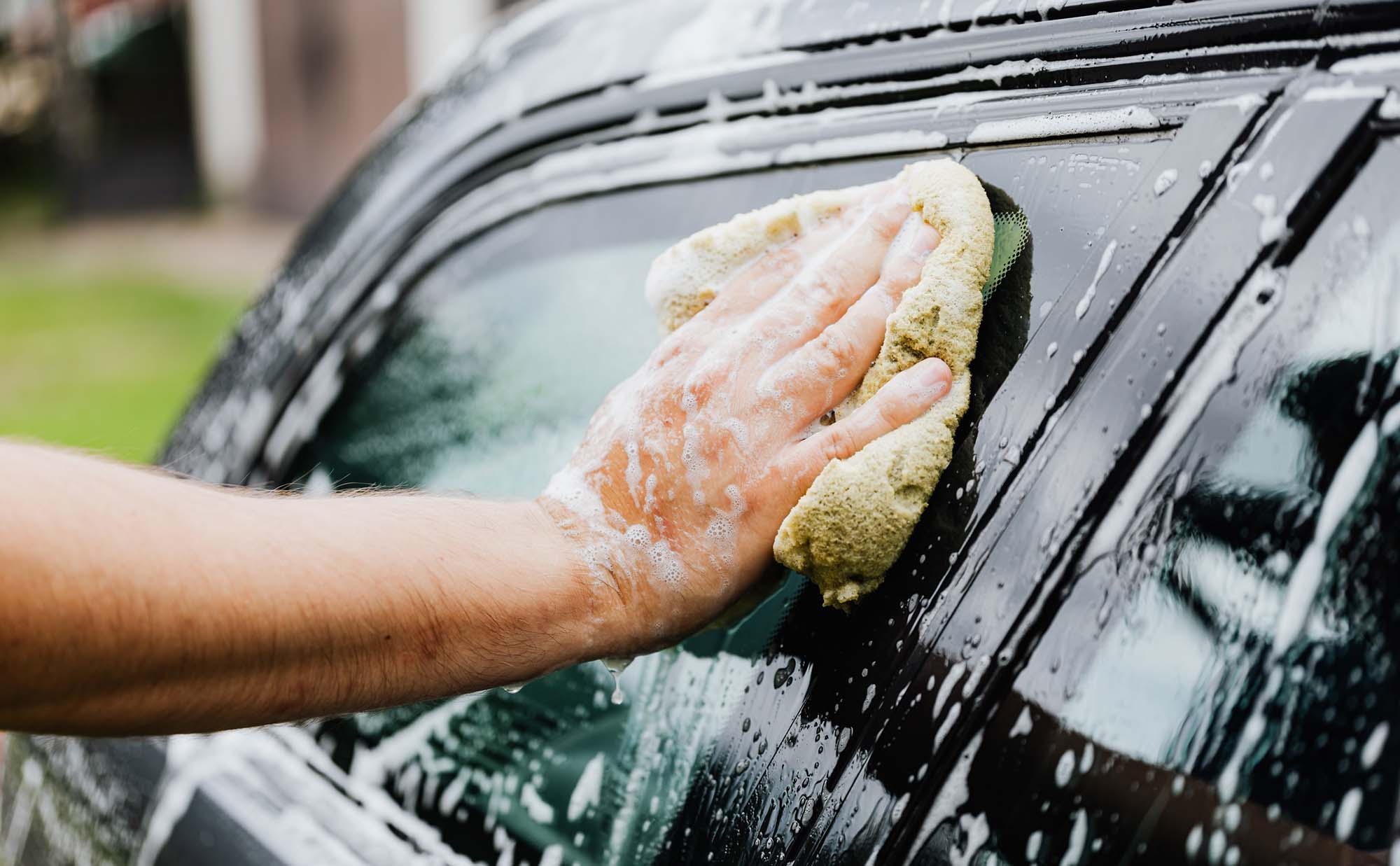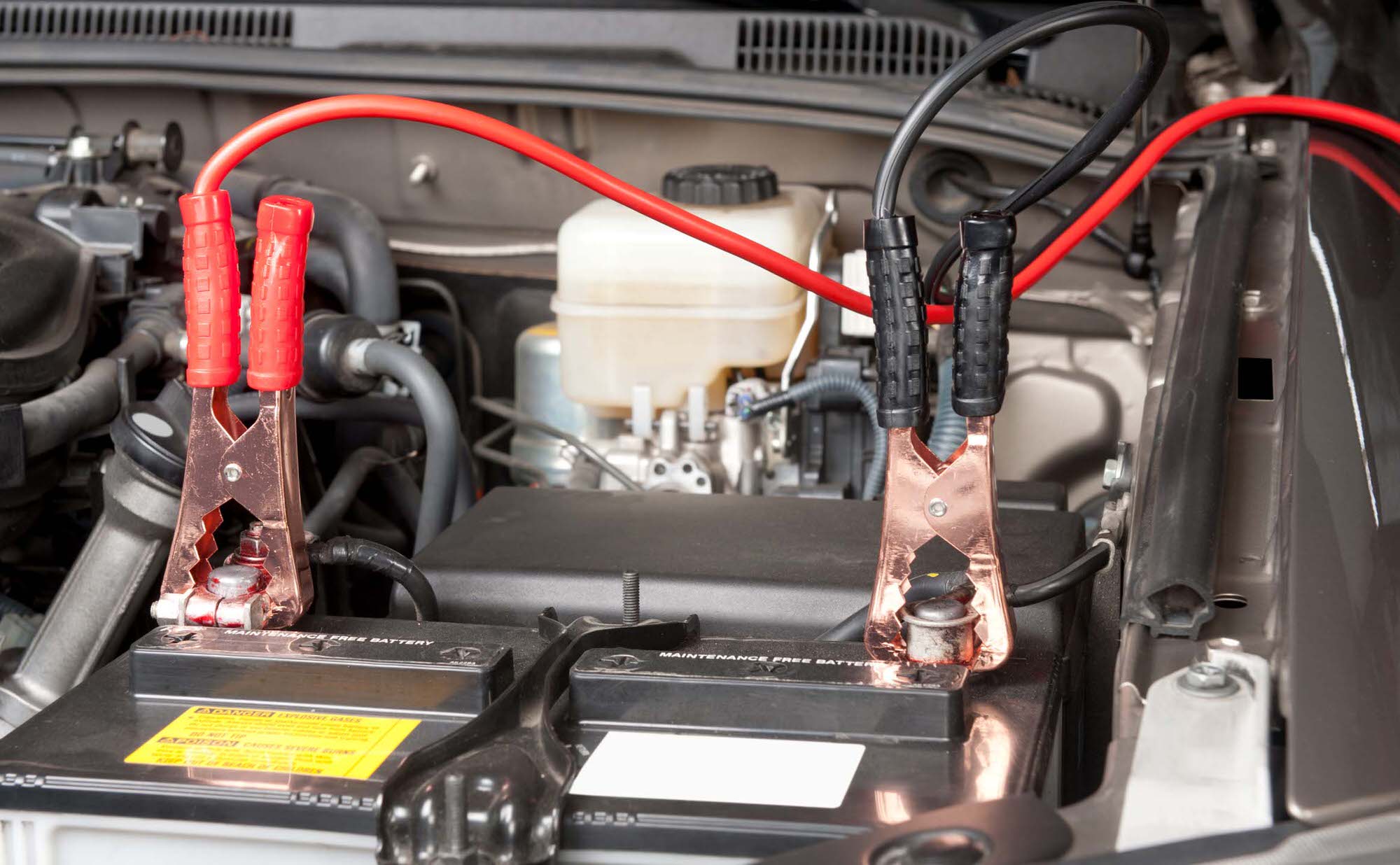Run flat tires are all the rage, but they aren't right for everyone (or every vehicle). Here is a list of the pros and cons, so you can make an informed choice.
Q: We live in one of the best boating towns in the world and I am getting the itch to buy a boat for the family. BUT I have a car, not a truck. Do you think I can tow a boat with my car? How do I know?
A: This is an easy enough question to answer if you have your vehicle owner’s manual handy. Unfortunately, many (if not most) cars are not able to tow a significantly long vessel. Here are the steps involved in finding the info you need, what the rule of thumb is for stopping distance while towing, and how to find the data you need, even if it is not in your owner’s manual.
If you’ve never trailered a boat, there are several things you need to consider. First, you must determine the towing capacity of your car. You can find this information in the owner’s manual of your vehicle. Usually, compact family sedans are not suitable for towing more than a small, aluminum fishing boat with a properly mounted hitch and lighting plug. Most standard pick-up trucks and SUVs can trailer boats up to 25 feet¹, but always consult your vehicle owner’s manual for limitations.
Using the tow capacity numbers from your owner’s manual as a guideline you should be able to cross-reference it with the dry-weight² of the boat you are considering. When it comes to the safety of you and your family, there is really only one stat to consider, and that is with a fully loaded trailer, braked or unbraked, you must be able to stop from 30km/h on a dry road within seven meters. Anything slower than that and you are taking a serious risk. Especially considering that family vacations with your new boat will probably take you out of town, which means highways, increased speed, and increased stopping distance.
The Rules of Thumb
- With a fully loaded trailer, braked or un-braked, you must be able to stop from 30km/h on a dry road within seven meters
- Trailer brakes are generally not required unless the total weight exceeds 2000kg.
- Don’t tow an unbraked trailer that, when fully laden, weighs more than three-quarters of the weight of the tow vehicle.
How to find Capacities and Weights
We have found two reliable ways to determine your vehicle’s towing capacity outside of your owner’s manual. One way is to use the Automobile Association website out of New Zealand. This is the most complete towing capacity database of its kind. Just search your make then examine the chart for your vehicle model and year. It gives a breakdown based on braked and un-braked trailer weights.
The second option is to use a cell phone app. There are apps available on both the Apple App Store and the Android Play Store that will help you find what you need to know. When you find your vehicle make and model you will be given your:
- Towing Outfit Match Ratios
- Target Nose Weights
- Actual Gross Weights
- Actual Laden Weights
- Minimum Required BHP
- Gross Train Weights
¹Muscle Power (know your terms)
As the weight, length, and beam (width) of a given boat increase, so does the muscle power needed to launch and retrieve it. A small boat may be easy for one person to handle at the ramp, but larger boats (generally those more than 25 feet) may require additional hands. Don’t be afraid to ask for help at the ramp if you need it, trailer boaters are always happy to help.
²Dry Weight (know your terms)
The owner’s manual of your boat will list the “dry” weight of the boat, less fuel, and gear. When you’re assessing your vehicle’s towing capacity, be sure to add several hundred pounds to the dry weight to account for gear, gas, and accessories.




